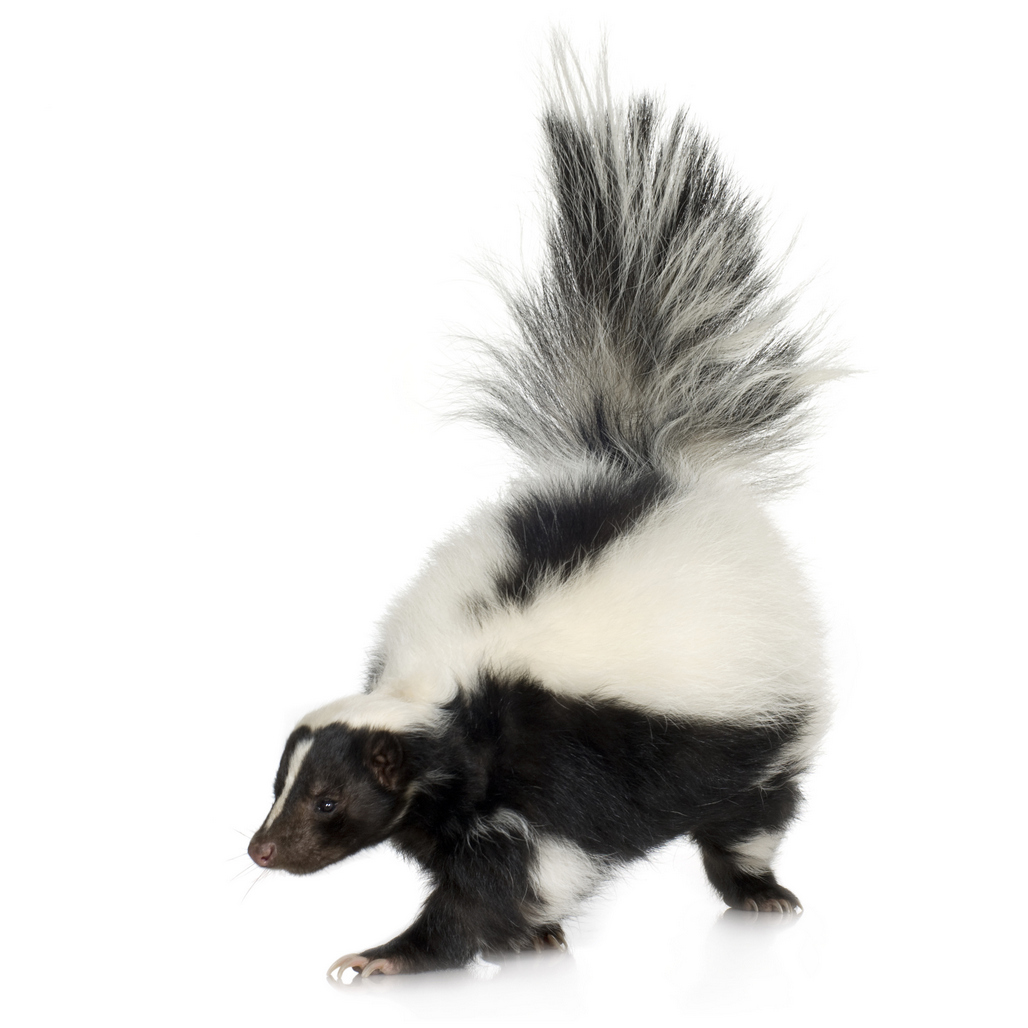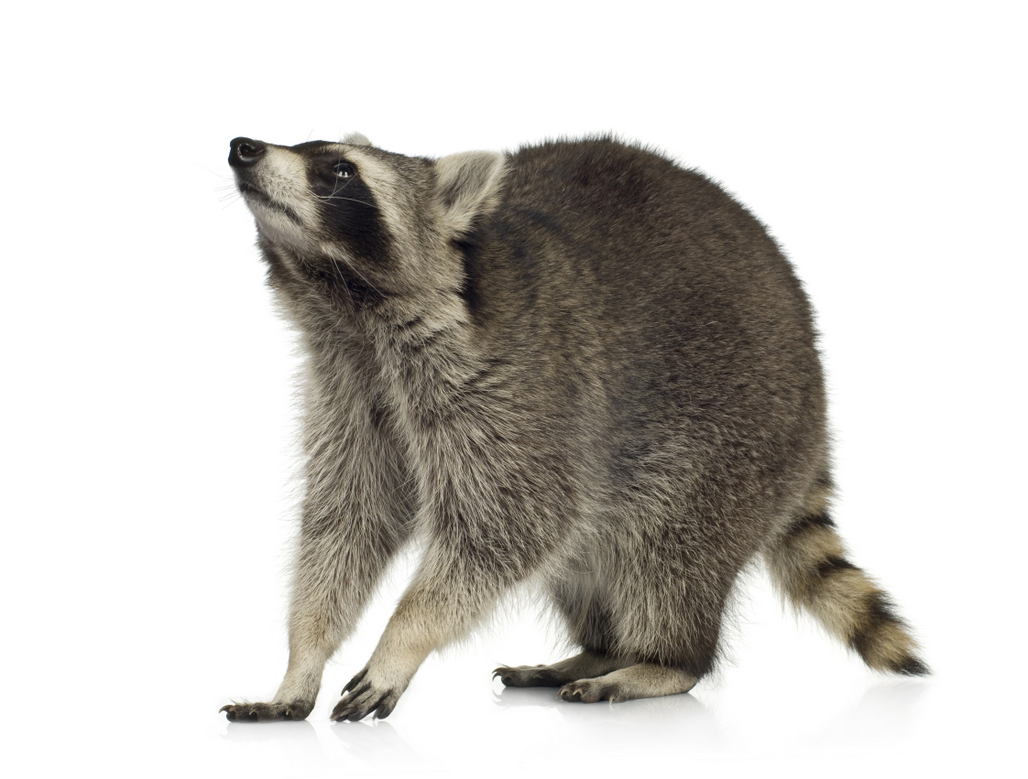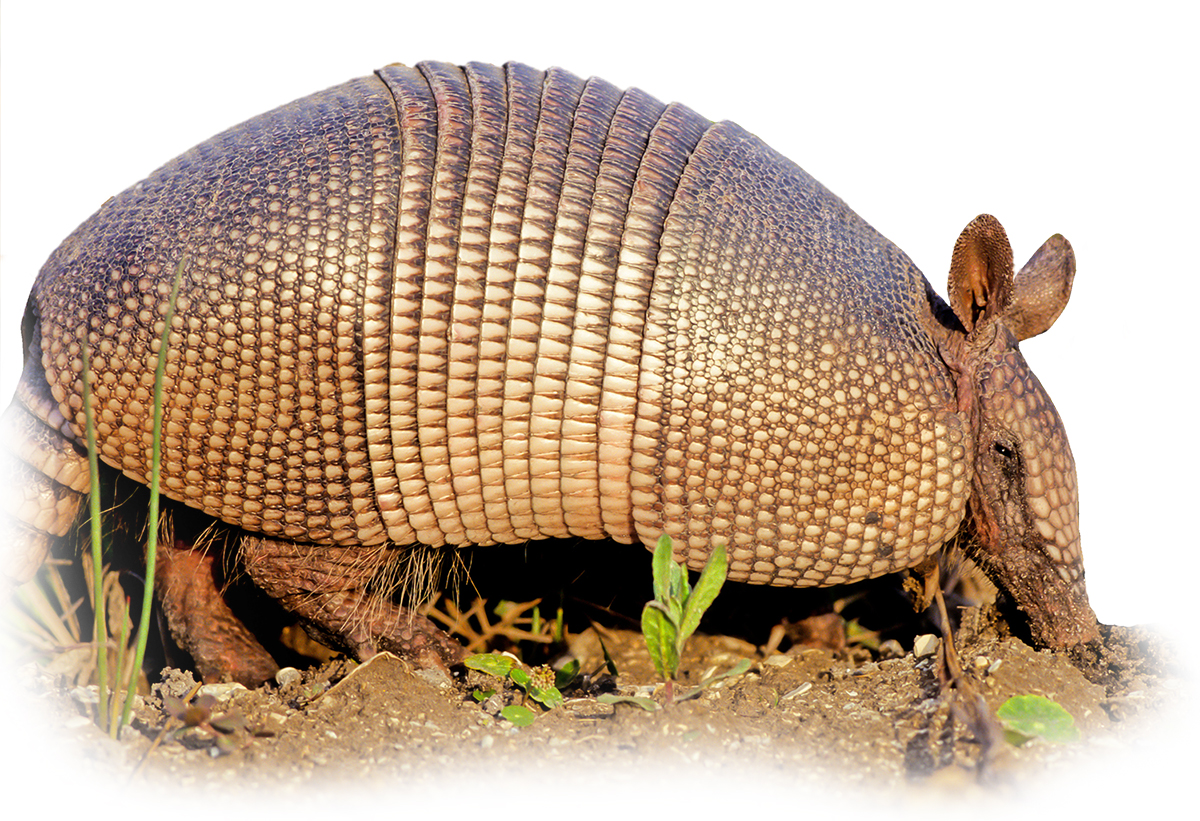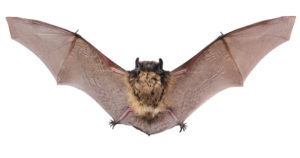Bat Trapping and Removal
Bats are migratory animals. Removal of bats may require special permits or regulation compliance. While bats are not usually aggressive, bats are a carrier of rabies and host to ectoparasites. There are also dangerous health risks associated with fungal and bacterial microorganisms that grow on bat guano. It is always safer to allow trained wildlife specialist to trap and remove nuisance wildlife. The wildlife specialist at All About Wildlife Control understand the health and safety risks of dealing with bats and we have the knowledge and experience to safely and effectively solve your nuisance bat problem at your home or property in Greenville, SC, Anderson, SC or Seneca, SC and the surrounding areas.
Bat Prevention and Control
Bat prevention and control is based on excluding any present bats with a one-way exit device at all existing entry/exit points currently used by bats and also sealing any other gaps or openings in homes or structures that are 3/8” or larger. Once bats are excluded from a home or structure the bats will search for other openings on home or structure that will allow the bats re-entry.
Call All About Wildlife Control today at (864) 546-1016 to get rid of bats and prevent bat problems.
All About Wildlife Control in Greenville, Anderson, and Seneca, SC is your trusted bat control and removal expert.
There are fourteen species of bats that occur in South Carolina but only half of these bat species are colonial cavity roosting species that can form large groups in both natural and man-made structures. Most of the colonial cavity roosting bats that cause nuisance problems for homes and man-made structures are one of the four common species: the free-tailed bat, big brown bat, evening bat or the tri-colored bat. Home owners in the mountain regions may also have the little brown bat, the small-footed bat or the Northern long-eared bat.
Bats are nocturnal feeders and can be seen emerging from homes or other structures at dusk to hunt for insects. Chimney swift (birds) are sometimes mistaken for bats. Bats can be distinguished from the chimney swift (bird) by their flight patterns. Only the chimney swift is capable of long glides while in flight.
Bats are a carrier of rabies and any interaction with a bat or bats should be considered a serious situation. The South Carolina Department of Health and Environmental Control and the Centers for Disease Control and Prevention have developed protocol to follow if a bat is found in a human dwelling.
http://www.scdhec.gov/rabies/PreventingRabies/Bats/
https://www.cdc.gov/rabies/bats/contact/home.html
Reference the links above and the websites of these agencies for the most current recommendations and precautions relating to bats.
The South Carolina Department of Health and Environmental Control (SCDHEC) is responsible for all rabies testing in South Carolina. If a person or pet is bitten by a bat or if you are uncertain if a bat has bitten a person or pet, the bat should be trapped by a qualified person and tested for rabies by the South Carolina Department of Health and Environmental Control (SCDHEC).
It can be easy to overlook bite marks from tiny bat teeth and people, especially children, may not realize they’ve been bitten. Always err on the side of caution if you are uncertain if someone has been bitten by a bat.
Homeowners may hear bats scratching, crawling, or climbing in attics, under eaves, behind walls and between floors. Bats also make chirping sounds with tonal progressions. The sounds are not easily detectable outside and humans may only hear quiet clicks. Bat chirping sounds are more audible in insulated houses and enclosures when bats are grouped together.
While bats cannot create entry holes, bats can crawl through a 3/8” inch opening. Bats can find entry points to homes and other man-made structures through chimney openings, gable vents, eaves, soffit vents, under facia boards, dormer soffits, roof junctions, and torn window screens. Bats can also roost under window sills, under broken siding, behind downspouts and gutters, under loose shingles and behind window shutters. Bats can enter homes at gaps between chimneys and buildings.
Bat entry into homes or man-made structures are often associated with other nuisance wildlife such as squirrels, rats, raccoons or other wild animals that are capable of making holes and opening in structures. Maintenance and construction oversights can also create entry points for bats into homes and structures.
Bats make visible markings and signs that can alert property owners of the bats’ occupancy. Bats leave brown smudge markings at entry points from the dirt and oils on their body. Bats also emit a lot of droppings (guano) at entry points that can be visible on ledges where bats enter, on the ground below bat entry points, and stuck to sides of buildings below bat entry points. Bat urea can also be visible on the side of homes or building, on decks and on other items below or near where bats are entering or roosting. Bat excrements produce a pungent, musty odor as it decomposes. This smell is a good indicator of bat presence.
Bats in South Carolina are nocturnal and feed only on insects. Colonial cavity roosting bats can utilize a variety of cavities, both natural and man-made, for roosting and raising young. Bats readily enter homes and man-made structures through any opening 3/8” inch or larger.
Bats cannot create wholes or opening to enter structures. The species of bats in South Carolina navigate and locate insects using sound waves or sonar. The bats have a large gap between front teeth that allows the bat to emit high-pitched sounds. These sounds bounce off objects and allow bats to detect things around the bat. This gap in bat’s front teeth also makes it impossible for bats to chew holes into structures.
Bats primarily damage property by the feces (guano) and urine that they emit. Bats contaminate and damage insulation in attics. Bats also contaminate and damage stored food, food storage areas, commercial products and work surfaces. Bat guano can contain fungal and bacterial microorganisms that cause disease in humans. Decomposing bat excrement can also attract arthropods that may later infest other areas of a home or building. Bat’s can also harbor various ectoparasites.

Skunks
Problems with Skunks? Let All About Wildlife Control help rid your home of skunks!

Racoons
Problems with Racoons? Let All About Wildlife Control help rid your home of racoons!

Armadillos
Problems with Armadillos? Let All About Wildlife Control help rid your home of armadillos!

